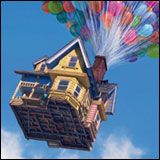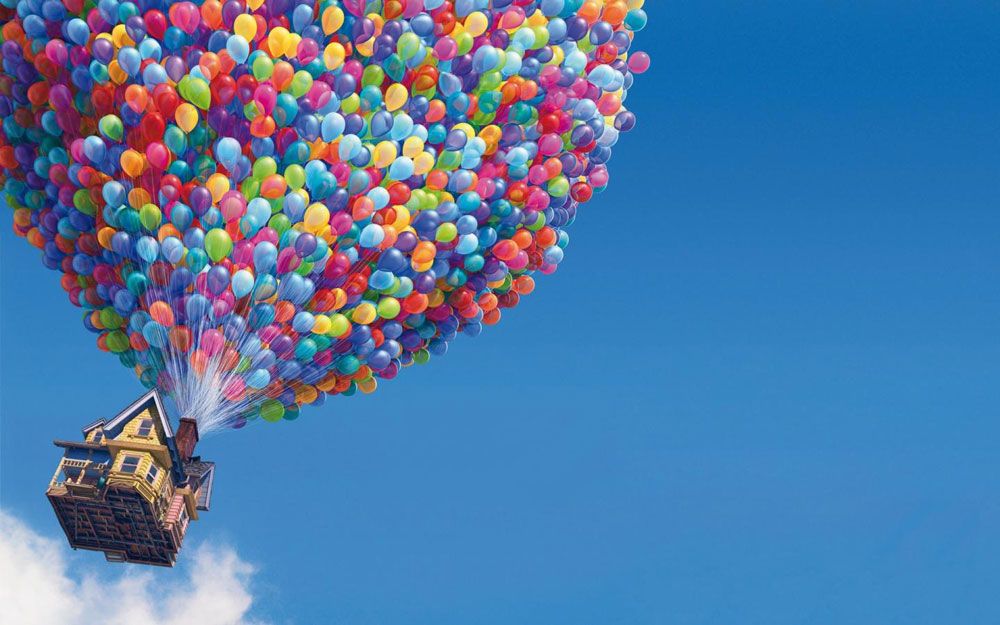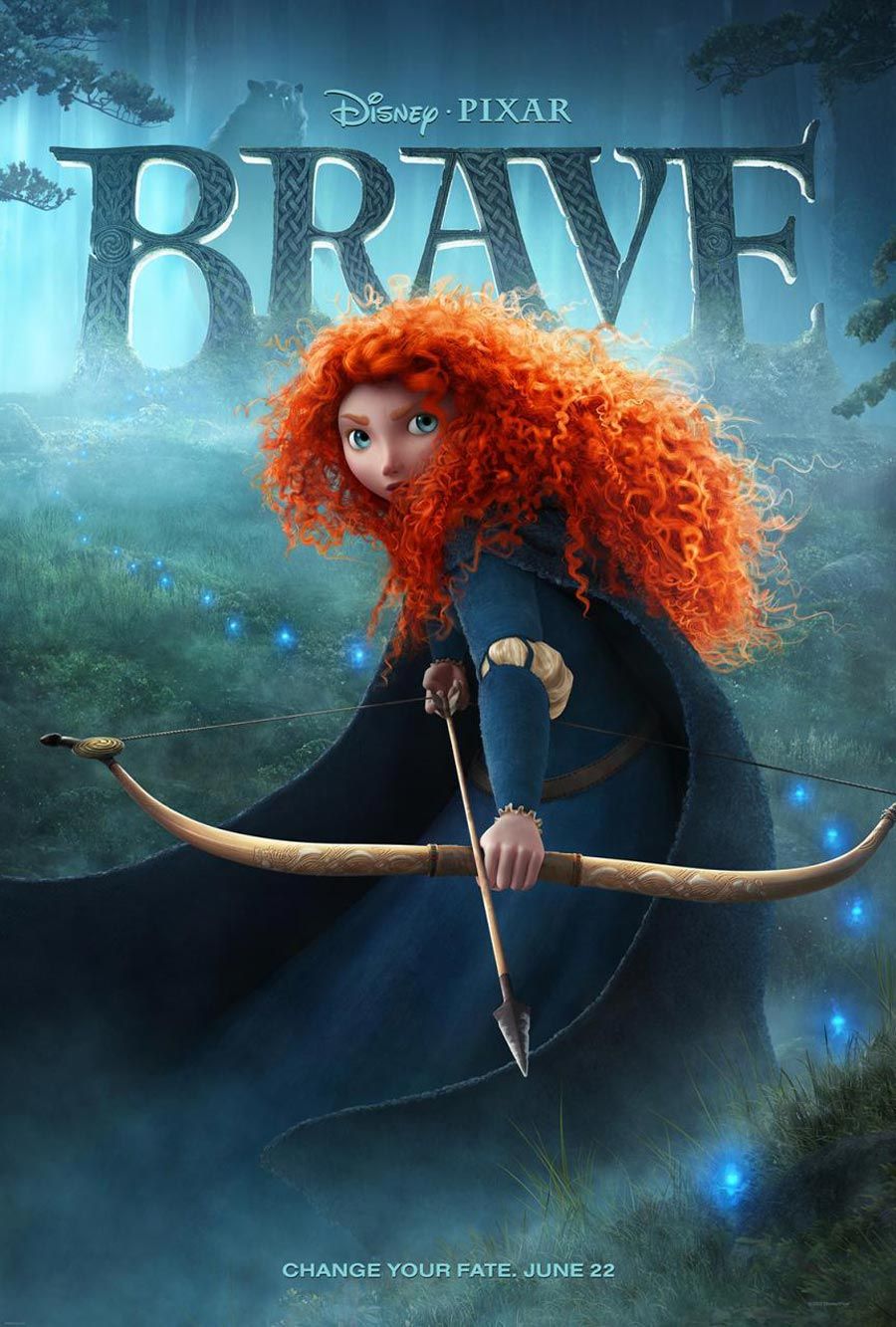While Pixar films are far from reality-based entertainment, the "Pixar: Doing Our Homework" panel Friday evening at the D23 Expo made it clear that a degree of verisimilitude is important in selling the fantasy.
Brave producer Katherine Sarafian served as moderator, with Andrew Stanton (director of Finding Nemo, Wall-E and Finding Dory), Lindsey Collins (producer of Wall-E and Finding Dory), Jonas Rivera (producer of Up and Inside Out), Pete Docter (director of Monsters Inc., Up and Inside Out) and Denise Ream (producer of Cars 2 and The Good Dinosaur) assembled on stage at the Anaheim Convention Center to discuss the importance of research to Pixar's acclaimed productions.
"Even though you're doing crazy things like houses that fly, you want a certain amount of authenticity," Rivera said.
Docter visited tepuis, or "tabletop mountains," in Venezuela in advance of Up, saying that the film's journey wouldn't have the same impact had Pixar set it in a fictional location.
"The story is about how Carl worries that he missed out on real adventure by just staying home in this little town," Docter said. "We needed to take him on the ultimate adventure and looked all over the world for places that would represent that."
Similarly, Sarafian and the Brave team visited castles in Scotland to help inform that film. Collins consulted an astronaut pre-Wall-E. Stanton earned diving certification in Monterrey, Calif., before Finding Nemo.
"When we started research on [Nemo], it was 1999," the director said. "To search stuff on the internet was still very new, and it felt like cheating."
Ream drew inspiration for Cars from, well, cars -- both from trips to Monaco and Turin, Italy, and the ones he encountered closer to Pixar's Emeryville, Calif. headquarters at the annual Concours d'Elegance on the famed golf course in Pebble Beach.
"I didn't know what to expect," Ream said of the event. "I sort of fell in love with cars at that car show."
Yet research isn't limited to traveling to far-off places, with Stanton saying that for Brave (he was an executive producer), the Pixar crew had several conversations about mother/daughter relationships. "It's like trying to do a control group," he said. "To understand the common denominators as opposed to the very specific ones."
For the original Toy Story, which Stanton co-wrote, the filmmakers were "their own research," and looked back to their childhoods -- Stanton said he and the late Joe Ranft treated their toys like antagonist Sid, while Toy Story director and current Disney animation chief creative officer John Lasseter was gentle like Andy.
Research can also come from a movie's voice actors. Sarafian said that Emma Thompson pointed out that some of the Scottish-specific dialogue in Brave didn't quite ring true. Ream added that the real-life racers acting in Cars were able to share their insight.
"You're always changing the story, and every new piece of information you get," Stanton said. "You move and adapt, and that doesn't stop until the film's in the can."
As underlined during the Q&A session in the panel's closing minutes, though, Pixar still thrives on a healthy suspension of disbelief.
"You don't want something to throw [the audience] out of the picture and get distracted," Stanton told an audience member. "But come on. Fish don't talk. You're taking it with a certain amount of license just coming to the movie to watch this."



